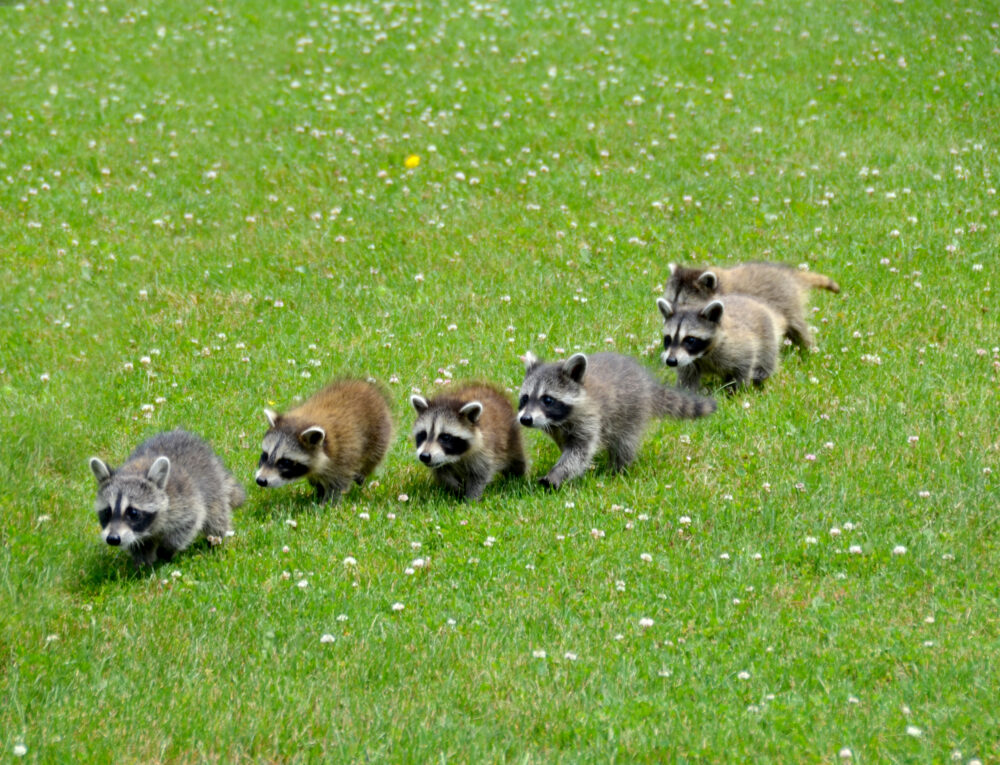We have much more to do and your continued support is needed now more than ever.
The Life and Death of a Salmon

This past weekend I was walking along the Green River. I was just outside of Auburn, WA (just south of Seattle) and enjoying the afternoon sun. This section of the river is wilder than its southern parts which are constricted and channeled. Here there is a forest of cottonwoods which seem to glow gold against the deep blue of the sky.
Logs lie haphazardly along the banks and small channels wind their way through boggy ground and blackberry brambles before joining the larger river. There are carcasses of dead fish scattered among the rocks, the bright white bones stand out above the dark gray of the rocks and there is a heavy stench of decay in the air.
Cycle of Life
I decided to make my way up along a log jam that had been deposited by a flood over 40 years ago and whose logs now dipped into one of the small side channels. I did not have to go far before finding what I was looking for, a spawning salmon.
She is bright red with white patches that seem to resemble a fungus. She is in shallow water and her dorsal fin sticks up above the surface of the slowly flowing stream. The gentle swishing of her tail is in rhythm with her opening and closing her mouth. As I bend over to take a picture she barely seems to notice my presence.
This brave and tired salmon is at the end of her life. Like the dead salmon that I have seen on my way in she is at the end of her life after coming all the way back here from her years in the Pacific Ocean to spawn. Just up-stream of her is her redd where she has deposited her now fertilized eggs. There they will develop over the next months.
When the frye are large enough they will then begin their own journey down the stream to the Green River and out into Puget Sound and from there to the ocean. Those that are lucky enough to make it to the ocean will spend a couple of happy years in the ocean before returning to this stream to spawn and die, thus completing their circle of life.
Protect Salmon From Pollution and Other Stressors
Salmon are anadromous fish. This means that their lifecycle begins in the fresh water of streams like this one before they change to adapt to the salt water of the ocean where they will spend most of their lives before returning to spawn in the fresh water.
Salmon are an important part of the Pacific Northwest’s culture and economy. Despite their importance to our culture and economy, stressors such as development that encroaches on streams and rivers is threatening their population and many of our once strong runs of salmon are now gone or threatened.
Discover more about salmon and how the National Wildlife Federation is helping to protect salmon and other wildlife throughout the U.S. at our website! You can also ‘like’ us on Facebook to find out what is going on in the Pacific Northwest, just look up National Wildlife Federation Pacific Regional Center!





















